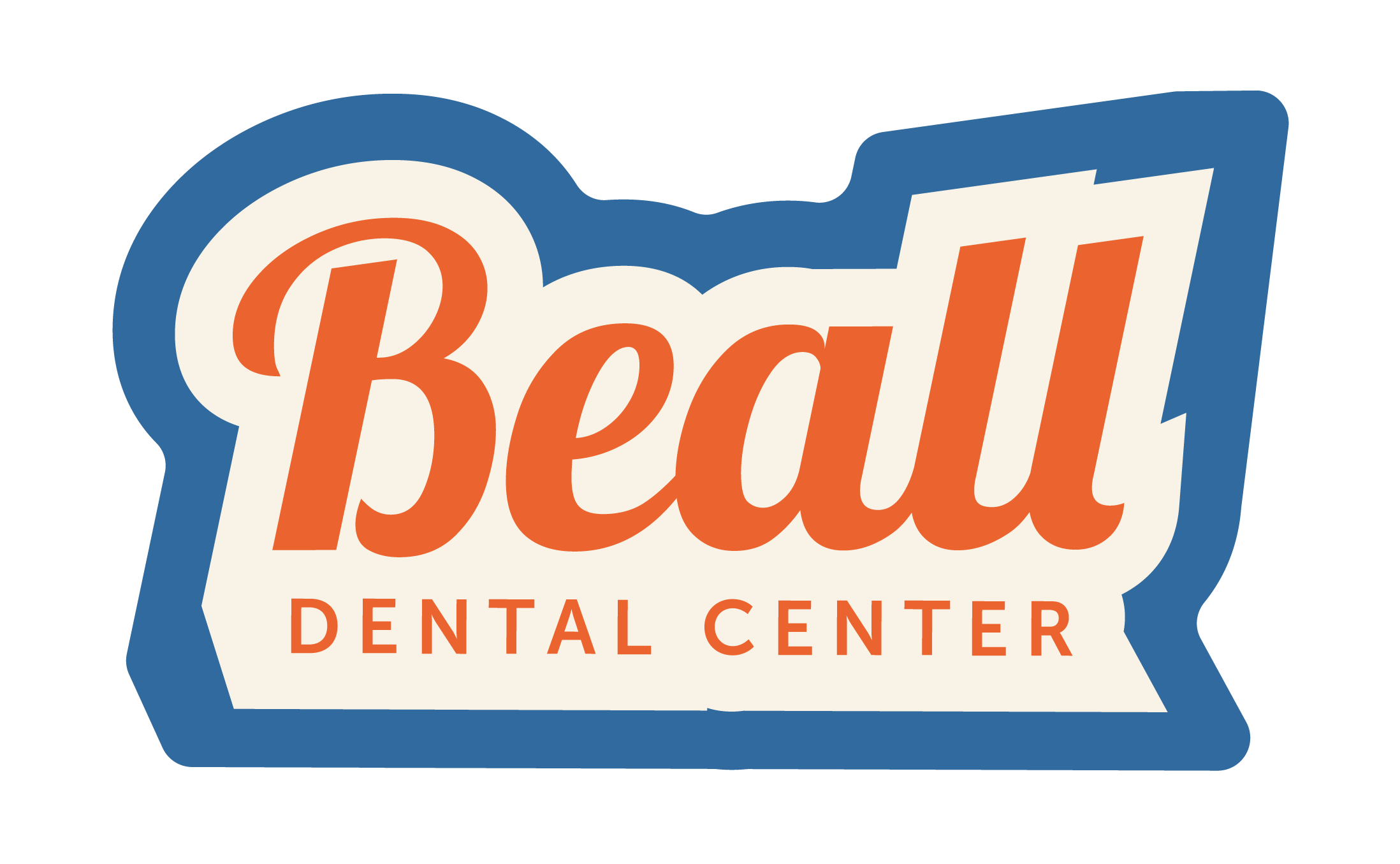Anatomy of the Tooth
Teeth are composed of three different layers. The outer layer, known as enamel, is a very hard mineral. Being a hard material, it doesn’t wear at a fast rate. However, if flexed enough it can fracture easily. Dentin, which is the next layer, is softer and more resilient to flexing. Although it is softer than enamel, it’s still very tough material. It also contains tubules filled with fluid, which are connected to the pulp. When this fluid moves within the tube you experience tooth pain. The pulp is a compilation of nerves, connective tissue, and blood vessels. When the pulp is insulated by bacteria, the tooth becomes highly inflamed and sometimes abscessed.
Primary Teeth (Baby Teeth)
Also called baby teeth, the primary teeth have erupted in their completion by the age of three. Under normal conditions, the teeth have fallen out by the age of twelve and have been replaced by the permanent dentition. The alignment and spacing of the primary teeth is a good indication of how the permanent teeth will erupt and develop. Whether the child will need braces or some other orthodontic appliance can be determined by the primary teeth. We suggest that the child come to the parent’s dental cleaning visit in order to become comfortable with the process to relieve any undue fears associated with dentist visits. Always be observant about your child’s dentition and gingiva. Cleaning a baby’s teeth as they erupt can be accomplished with a wet towel. Do not use fluoride with a child who can expectorate (spit).
Tooth Decay
Most people shudder at the thought of tooth decay or cavities. Unfortunately, fear of having cavities may actually keep people from making appointments for examinations. Knowing how to prevent cavities is essential to good oral and overall health. Bacteria in the mouth feed on carbohydrates we eat. After feasting, these same bacteria release acids that dissolve tooth structure. Cavities can also be caused from other processes like erosion from highly acidic drinks or acid reflux. Severe tooth grinding can wear the enamel from the tooth and expose sensitive tooth structure which decays at a faster rate.
Periodontal Disease
Bacteria not only cause cavities, they also release toxins that stimulate your own body to break down the supporting bone around the teeth. This process, called periodontal disease, has extremely negative effects on the body as a whole. In fact, the disease itself has been implicated in the progression of heart disease and heart failure, diabetes and stroke to name a few.
Brushing and Flossing
To promote good oral health, it’s important to use your tooth cleaning tools effectively. Put simply, you can only drive a nail with a hammer if you actually hit the nail. The toothbrush is the most effective tool in removing bacteria from the teeth and gums. To brush correctly, make sure the bristles of the toothbrush are able to reach all surfaces of the teeth and between the tooth and gum tissue. This is accomplished by placing the toothbrush at an angle trying to push the bristles around the base of the teeth and under the gums. Flossing is also important in making sure the spaces between each individual tooth are free of bacteria and food. If you find that you bleed every time you floss, you are harboring bacteria in these spaces.
Tartar
If bacteria stays on the teeth for extended periods, the calcium in the saliva hardens the plaque to tartar. Tartar must be removed with specialized instruments, which is why dentists recommend that cleanings are performed every six months. Some people require more visits due to higher amounts of tartar.

